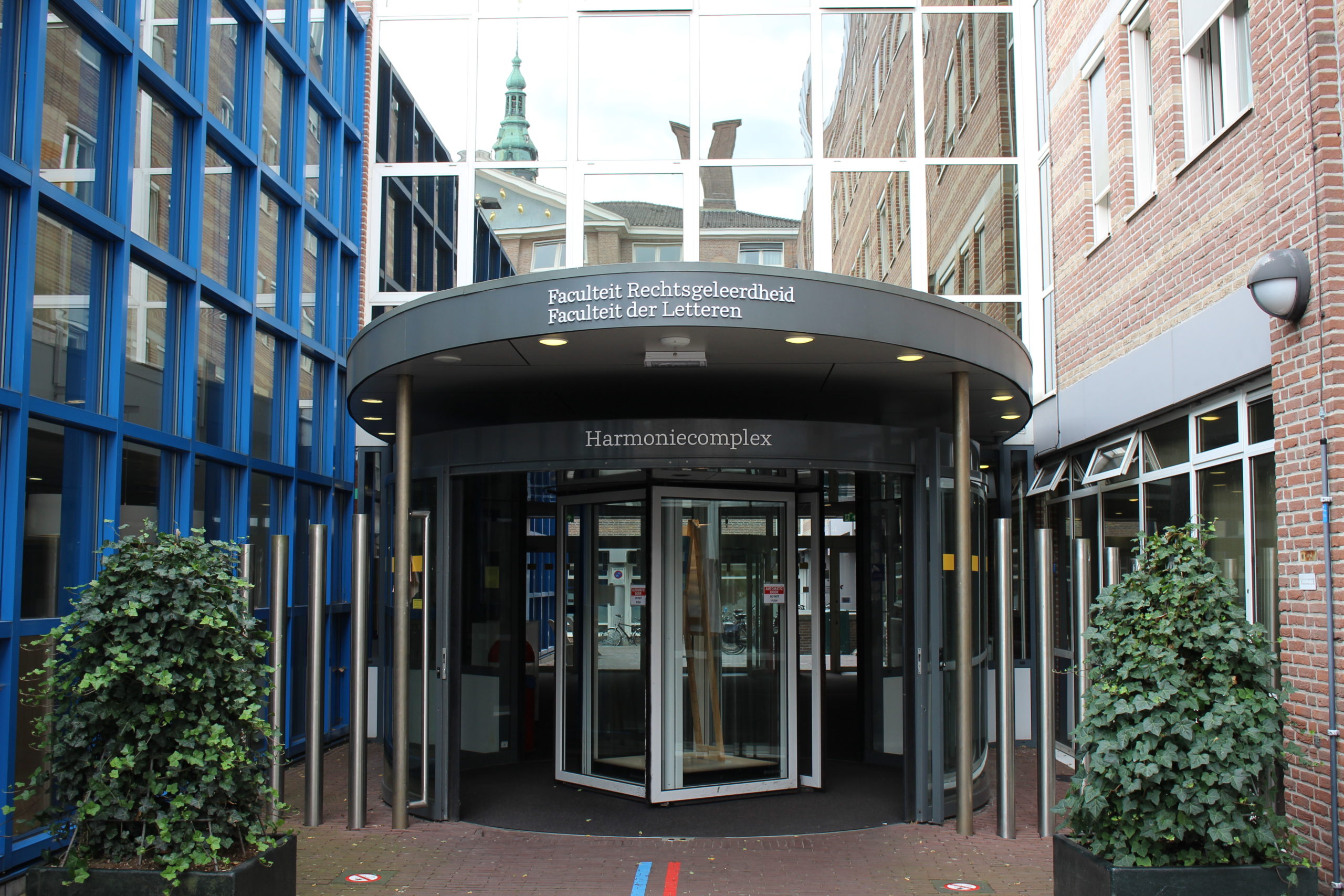5 questions about NOHA and the fraud case

5 questions about NOHA and the fraud case
What do we know so far about the fraud case at the arts faculty?
In March 2019, a European partner of the RUG was doing an audit and started having questions about payments it had made to the university. It concerns payments as part of the international Network on Humanitarian Action (NOHA). The RUG and other universities have master programmes as part of this network.
The RUG hired external agency EY Forensic and Integrity Services to investigate the matter. Monday night, nine months after the start of that investigation, the RUG announced that it will be reporting the staff members for (subsidy) fraud and falsification of documents.
A trio of employees allegedly used the private Stichting NOHA Groningen (SNG) to withdraw 1.2 million euros worth of university money from the official university flow of funds.
One of the staff members was fired immediately, while the two others received a ‘stern warning’. The university has also started a civil procedure against the foundation and one of the staff members involved. This professor at the faculty is considered the ‘main suspect’.
NOHA is an international partnership the RUG participates in. Doesn’t that mean that Stichting NOHA Groningen is part of the university?
International partnership NOHA and Foundation NOHA Groningen are two separate entities. The international partnership consists of 24 universities who want to improve international aid relief.
Among other things, the RUG provides a two-year master programme on International Humanitarian Action, a programme that’s taught at eight different European universities.
Stichting NOHA Groningen, however, is a private foundation that was set up by three RUG employees in July 2014. While they were involved in the master programme, the foundation was set up without the university’s knowledge.
According to the university, SNG was used for questionable financial transactions: money that was intended for the programme ended up at the foundation rather than at the RUG.
If the foundation is separate from the university, how did it happen that it received university funds, like tuition fees paid by master students?
Students who want to study the master International Humanitarian Action, don’t register directly at the RUG, but at NOHA. These students pay 12,000 euros in tuition fees for the complete, two-year track. They pay this money to NOHA, which is currently headquartered in the Spanish city of Bilbao.
Each academic year, NOHA divides the students across the eight universities who provide this master programme. Based on how many students they get the universities are given a portion of the tuition fees.
Apart from the tuition fees, the foundation is also said to have paid European subsidies to itself. These funds were also meant for the university.
‘All the funds went directly to the foundation’, says RUG spokesperson Gernant Deekens. ‘They did spend the money on the programme, but they also made payments that nobody was checking. The funding was organised outside of the purview of the RUG.’
How did they transfer this money, a substantial amount collected through ingenious means over the course of several years, to the foundation without the RUG knowing about it? Don’t they have people to check these kinds of things?
This is why the RUG is making a report of falsification of documents. The employees involved used official RUG stationery, fooling the international organisation into believing they were dealing with the RUG itself. There was one significant detail, though: the letters contained not the university’s official bank account, but that of SNG.
The RUG was the scene of another fraud case; in 2016, the head of the technical services department stole 1.1 million euros.
The university took extra measures to combat fraud. But according to critics of the university, the RUG can’t explain in this particular case how they managed to miss the fact that European money ended up with the foundation rather than the university.
On top of that, it was a European partner that pointed out the ‘inadequacies’, not the RUG itself. Members of the university council have announced they will be asking questions about this issue.
The board of directors has made a report of falsification of documents and (subsidy) fraud and has started a civil procedure. Why has one person been fired, while two others were issued a ‘stern warning’?
According to the RUG, that has to do with the EY Forensic and Integrity Services investigation. ‘The investigation showed exactly what happened and the various people played’, says Deekens. ‘Based on our finding, the board of directors decided which actions to take against which employee.’
The ‘stern warnings’ issued by the university are like a yellow card, says Deekens. ‘Two yellow cards equal red.’ In reality, it means that the two staff members are still employed at the university and can keep working within their fields. The university has made sure that they are in no way connected to the international NOHA programme.



